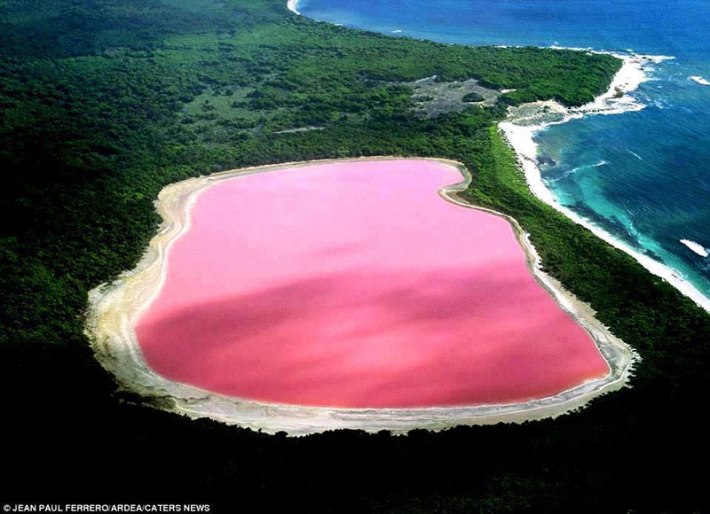Coming from Poland, I have never been in an area known for earthquakes. After moving to California, I learned that there is a huge faultline here, the San Andreas Fault. It is 800 miles long, and for a fault that regularly topples buildings, rips apart bridges and kills people, the San Andreas can be surprisingly hard to see. The best place to observe the 800-mile-long fault is along the Carrizo Plain, west of Los Angeles. The land is undeveloped, dry and fairly barren, so the trenches formed by past earthquakes haven’t been worn away by erosion and plants don’t get in the way.
The San Andreas is the plane of contact between the Pacific Plate and the North American Plate. The Pacific Plate is pushing south-southeast and the North American is pushing north-northwest, rubbing uncomfortably against each other as they travel in opposite directions. Of course this has caused massive earthquakes and lots of destruction over the years. But thats just another part of Geology!
